Ready for some good news?
We're in the business of helping New Zealanders save for their future with our range of Managed Funds and KiwiSaver. We thought it was time to remind the country that there is a future worth saving for. Take a look at some of the positive headlines we’ve found lately and the data that supports these.
Polio has been 99% eradicated across the globe.

Over the past century, polio has gone from global threat to a line in history books thanks to a highly successful international eradication programme. So far there have been just 82 reported cases of polio in 2019, down from 350,000 in 1988.
These are reported cases, meaning more may go unreported, and the battle isn’t over yet — 2019 has actually seen an increase in cases compared to 2018. But thanks to a determined effort by the Global Polio Eradication Initiative, the following regions have been declared polio-free:
The Americas (1994)
Indo-West Pacific region (1997)
Europe (1998)
Western Pacific, including China (2000)
Southeast Asia (2014) (excluding the Philippines as of September 2019)
That leaves just a handful of countries still to eliminate polio: Pakistan, Afghanistan, and Nigeria.
Read More:
About Poliomyelitis on the World Health Organisation’s website.
About the Global Polio Eradication Initiative’s plan to eliminate polio worldwide by 2023.
About threats to the progress of polio eradication initiatives here.
Life expectancy in New Zealand has increased by 12 years since 1950.
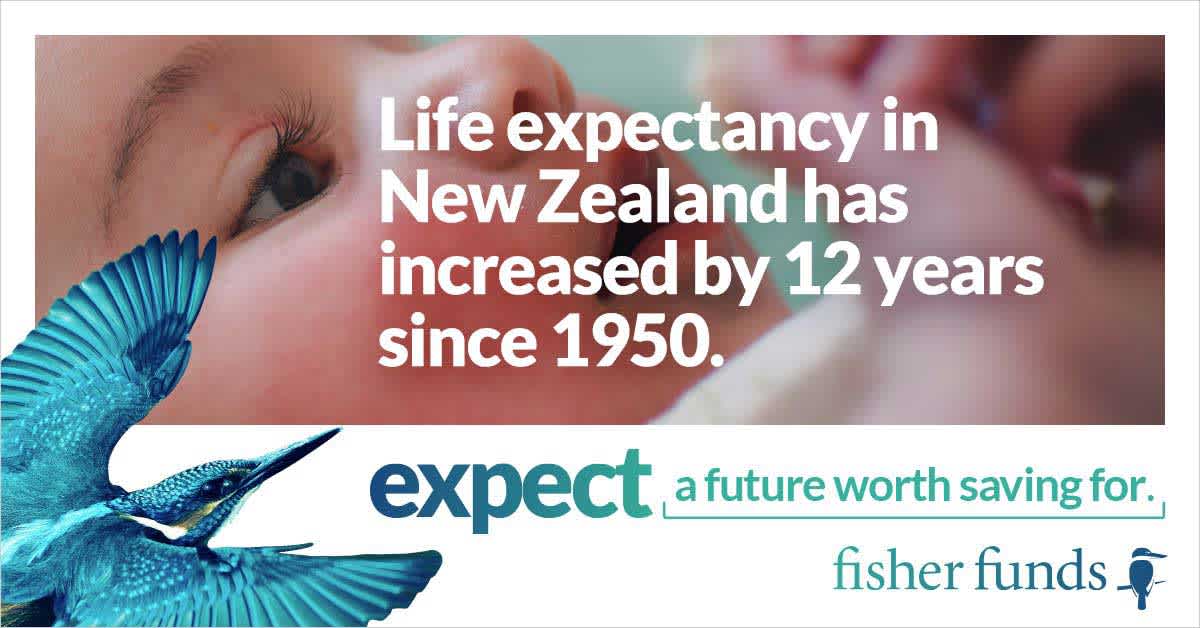
Humans born today typically always have a higher life expectancy than their ancestors. This is true of New Zealanders as well — data suggests we could live 12 years longer than our 1950s counterparts.
The average male born in 1950 was expected to live to 67.19 years, while the average female would live longer, up to 71.29 years. Compare this with the average male born recently, who is expected to live up to 80.2 years, or the average female who is expected to live up to 83.6 years.
This is of course for the babies of today. Those born earlier will have different expected life spans. You may also read in the news that some scientists believe the first person to live to 150, even 200 years old has already been born. Will this actually happen? Only time will tell.
Read more:
32% of New Zealand’s land is protected.
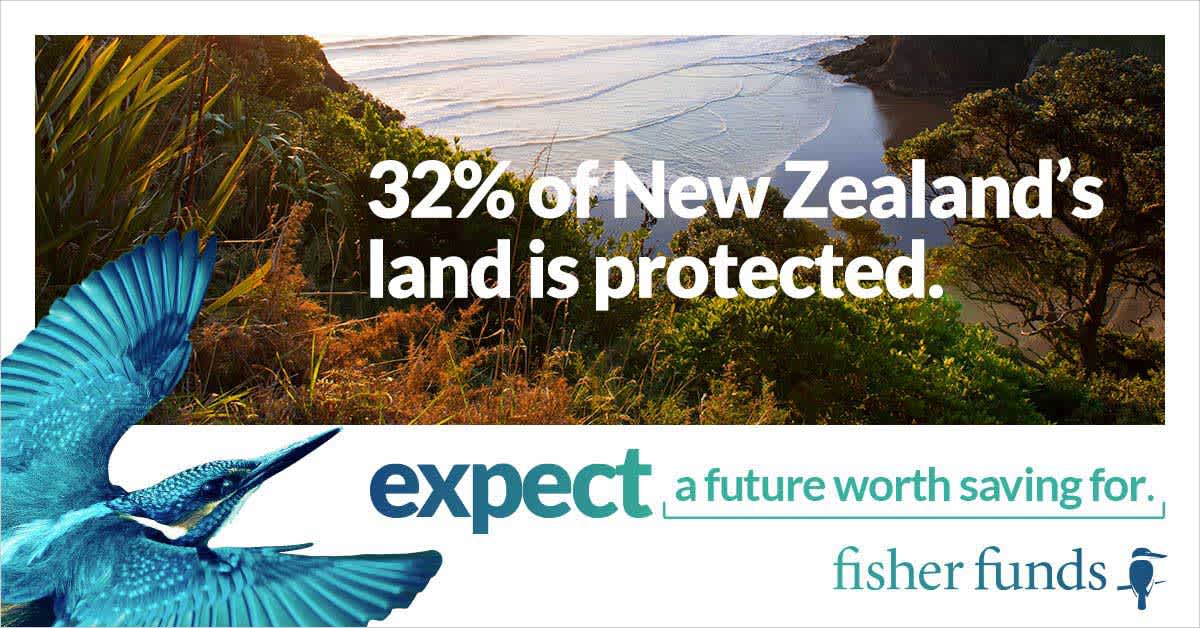
New Zealand is well known for being a leader in conservation. Local efforts to protect our land and rehabilitate threatened species are some of the most successful of any nation around the globe.
The area of public land dedicated to conservation in NZ has increased by over 1 million hectares since 1990 — from 7.4 million hectares almost 30 years ago to 8.5 million now. That constitutes 32% of Aotearoa’s total land area, the third-highest proportion of protected land in any nation across the OECD.
We haven’t included NZ’s 44 marine reserves, either. As a nation we currently protect about 10% of our ocean territory, or 17,430 square kilometres.
Read more:
Takahē numbers have tripled since 1981.

The pukeko’s plumper second cousin, the rare and beautiful takahē, was once thought extinct — but showed up in Fiordland in 1948 after fifty years in hiding.
With just 124 takahē individuals left in 1981, the population has gone from strength to strength and in 2019 is triple that number, with 375 birds.
The Department of Conservation’s takahē recovery programme aims to increase the number of breeding-aged pairs to 90 by 2026, and to ensure the value of the takahē is recognised by New Zealanders as a taonga and a conservation icon.
Read More:
The kākāpō population has grown 70% in the last 5 years.
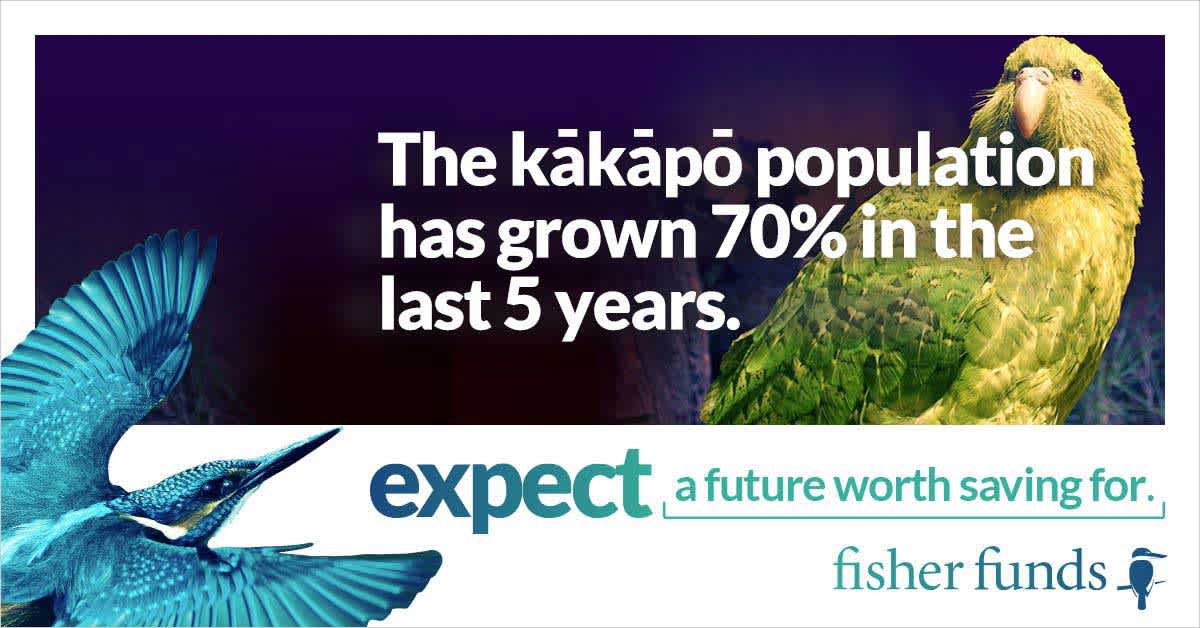
It may once have nearly been voted world’s ugliest animal, but the kākāpō is a treasure in our eyes and, thanks to an incredible few years, has had a major population boom.
In particular, the 2018/19 breeding season was the biggest on record, with 71 chicks surviving through to juvenile age. The previous record was 32 chicks.
While not all of these juvenile kākāpō are expected to reach true adulthood, even a small boom in population is a major increase to their numbers.
Read more:
Kiwi kids will play over 3.6 million hours of sport next week.
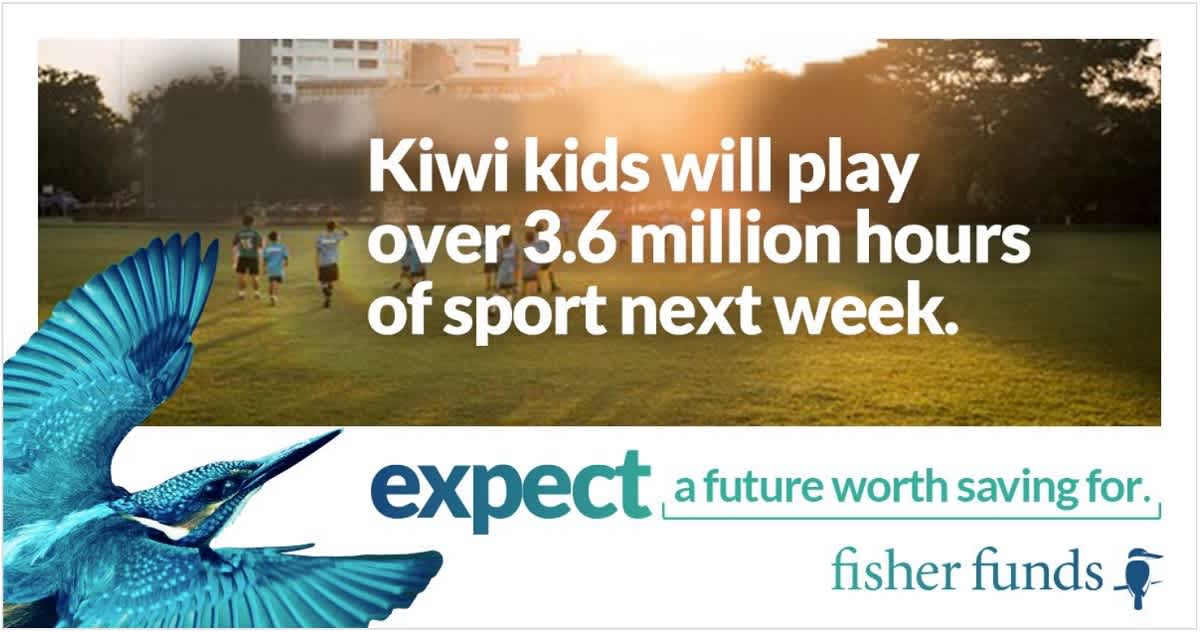
Kiwis love sport. It’s in our blood. According to the data, it’s in the blood of our kids, too. Around the country, young New Zealanders play a combined 3.6 million hours of organised sport each week.
In a given week, the average NZ child aged 5-17 will play around 4.5 hours of organised sport. This includes their PE classes at school, time spent with a coach or instructor, and competitions/tournaments. In 2018, there were just over 800,000 people in this age bracket across the country.
When we multiply those figures together to see total hours of organised sport played in a week, we get about 3.6 million. That’s a lot of sport!
Read more:
80% of New Zealand’s electricity is from renewable sources.

The wind, sun and sea are some of the most abundant elements we have here in New Zealand, so it’s no wonder we’ve been able to harness them to create energy.
Wind, solar and marine energy join hydroelectricity, bioenergy and, of course, geothermal activity, as New Zealand’s six key renewable energy sources.
Most of New Zealand’s renewable energy is used to create electricity. In 2017, 81.9% of our electricity came from these sources - that was up from just 40% back in 2015.
Read more:
Globally, extreme poverty has halved since 2002.
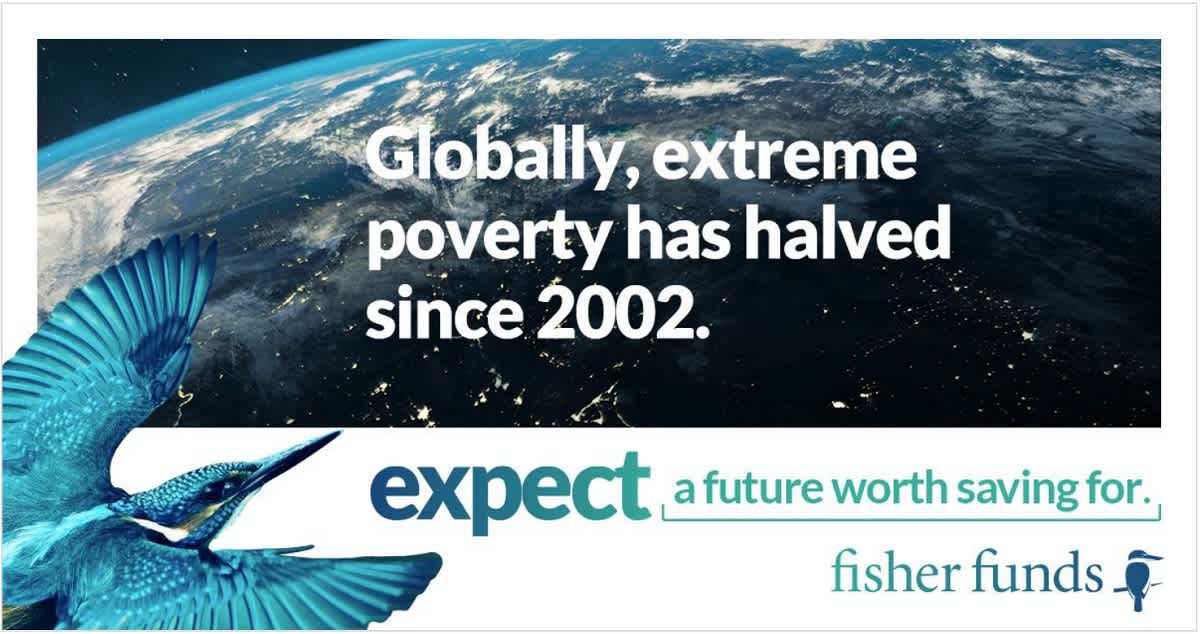
Ending extreme poverty has been one of the greatest challenges of the last century. Although we’ve still got a long way to go, there’s good news. Since 2002, extreme poverty has more than halved around the world.
Quantifying extreme poverty is a tricky thing, thanks to varying definitions and measures overtime. The data we used for this headline comes from the World Bank and the comprehensive report Inequality Among World Citizens (2002) by Bourguignon and Morrison. These statistics have been brought together by the research team at Our World In Data.
There are still more than 733 million people living in extreme poverty – that’s the population of New Zealand 153 times over. Still, this improvement (down from 1.6 billion in 2002) is great news for humanity, and the trajectory means things should only keep getting better.
Read more:
We've been committed to helping Kiwis build the futures they deserve for more than 20 years. Ready to start investing in yours? Find out more about Managed Funds and KiwiSaver.
